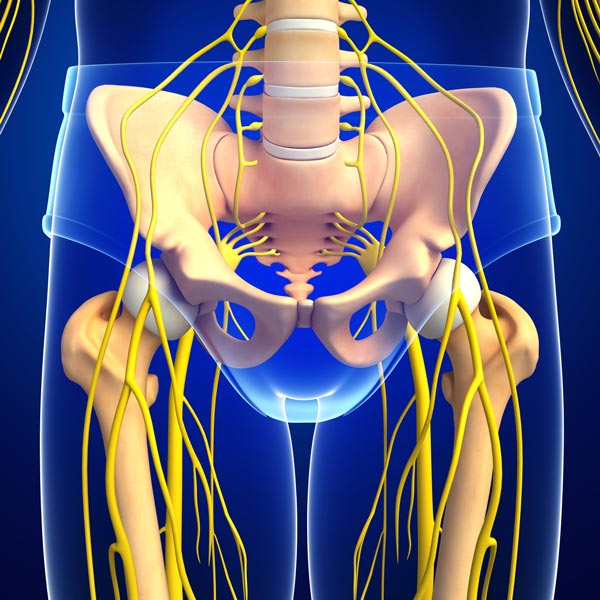
Posture plays an important role in overall body health and wellness. Good posture allows for proper balance, function and efficiency in motion. Poor posture can lead to imbalance, dysfunction, inappropriate movement strategies and pain. Those working the line can exhibit poor posture both from long hours on the job as well as a disproportion of body size to work station.
Another reason for poor posture is the fact that work on the line means a lot of countertop, stove and oven work. That work equates to long hours of looking down, reaching down and bending. All a recipe for success, if you are referring to the classic forward head, forward shoulder, rounded back posture. Success in this case being a predisposition for poor posture leading to pain in remote areas. Not a good recipe for the body!
The human body was built with certain standards. The reason for the musculoskeletal system to exist as it does is to provide a framework for all the structures to exist and to exist efficiently. The musculoskeletal system allows for support, efficiency and generation of movement and power. Functional movement starts deep in the central nervous system (brain and spinal cord) and nerves exit through openings between bones or along bones. These nerves convey the message from the brain to the appropriate tissues (muscles, tendons, ligaments, and fascia). Normal alignment and neuromuscular communication yields proper movement strategies, efficiency of energy expenditure and functional patterns without pain.

Poor posture puts the musculoskeletal system in an inappropriate position where neuromuscular communication is compromised. This leads to structures being compressed due to the malalignment of the joints. In particular, the nerves of the extremities as they exit the spinal cord through small openings called foramen. If the spine sits in a position that reduces the space available for the nerve, it can cause a nerve root irritation. The foramen is a small space that allows the nerve to exist, but does not infringe upon the nerve itself so any reduction in space increases the chances of nerves being irritated.
Nerve irritation can cause pain locally where the nerve root exists as well as along the path in which the nerve travels. In the low back, that could mean pain in the low back, pain in the calf or shin, or pain in the buttock traveling down the leg into the toes. Continuous slouching or bending forward without good mechanics can lead to this type of structural irritation and subsequent pain and dysfunction. Those working the line have to be careful to not get lazy with their standing posture and to try to minimize any laxity in their core. Long hours and doing everything in front of you at a lower height (on the countertop or below) leads to disuse of the necessary core musculature and proper posture needed to maintain good joint alignment and good recruitment of the appropriate supporting postural muscles.
Also Read Celebrity Chef Job Hazards
To minimize this, it is important to be mindful of your body in space. In standing, that means holding your head over your carriage (your torso), keeping your shoulders back and down and recruiting your transversus abdominis muscle (the deepest abdominal muscle involved in core stability). For every inch forward your head sits in front of your carriage, it increases the load carried down the spine by 10 pounds! Allowing your shoulders to round forward or hike up leads to an imbalance in flexibility in the upper torso. Not contracting your deep abdominal muscle allows for excessive movement in the spine and malalignment in the low back. All of these positions lead to stress and discomfort in the surrounding tissues as well as remote areas.
If you experience discomfort anywhere from the waist down, the root cause of the problem could be from a central location, the low back and pelvis. If you try stretching or massaging the area of pain and it does not change, it might be exactly what is described above. Sites of pain are not always sites of dysfunction. See your local physical therapist who can give you a full evaluation to find out what is causing your pain.
Remember this analogy: the reason why dancers look the way they do is because of the sheer amount of hours spent working on holding their body tall and lifting up out of their own body. This recruits the stabilizers which help decompress the joints and tissues. Chefs are artists, just like a dancers. If you can remember and aspire to look great when working the line, you can help your body avoid bad habits. If you don’t have bad habits, you should not have any aches and pains. No aches and pains means you get to focus on work, staying in shape and having fun in life. Which means we get to enjoy all of the savory or sweet things that come out of your hard work. Work hard to keep good posture and your hard work will pay off in what you do. We enjoy what you produce but it is also nice to enjoy watching you do it!

























Comments are closed.